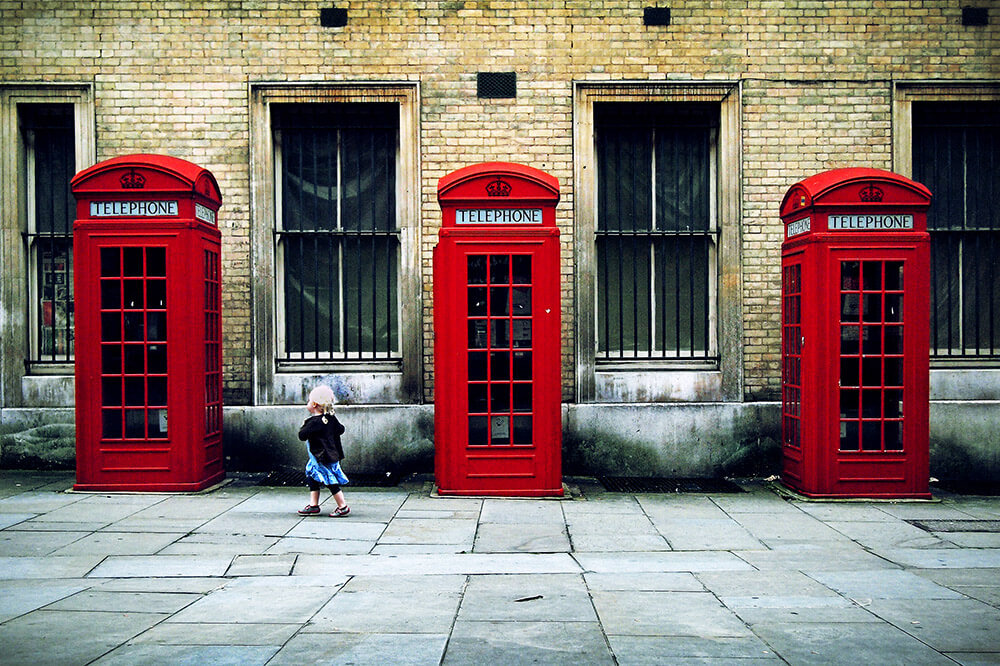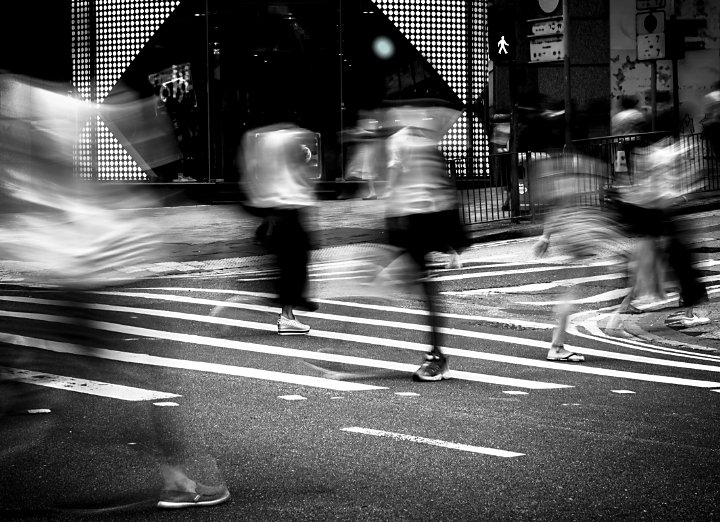The Ultimate Guide To Street Photographers
The Ultimate Guide To Street Photographers
Blog Article
The 25-Second Trick For Street Photographers
Table of ContentsSome Known Details About Street Photographers Some Known Factual Statements About Street Photographers 6 Easy Facts About Street Photographers ExplainedThe 6-Second Trick For Street PhotographersExcitement About Street Photographers
, a style of photography that documents daily life in a public place. The very publicness of the setup enables the photographer to take candid images of strangers, often without their expertise. Road digital photographers do not necessarily have a social objective in mind, however they favor to isolate and record minutes which may or else go unnoticed.He was affected by many of those that affected the street digital photographers of the 1950s and '60s, he was not chiefly interested in capturing the spirit of the street. The impulse to aesthetically record people in public began with 19th-century painters such as Edgar Degas, douard Manet, and Henri de Toulouse-Lautrec, who functioned side by side with photographers attempting to catch the significance of urban life.
Because of the somewhat primitive modern technology available to him and the lengthy exposure time needed, he had a hard time to capture the pressure of the Paris streets. He explore a collection of photographic approaches, trying to find one that would permit him to catch motion without a blur, and he located some success with the calotype, patented in 1841 by William Henry Fox Talbot. In contrast to Atget, professional photographer Charles Marville was employed by the city of Paris to produce an encyclopaedic document of Haussmann's metropolitan planning project as it unfolded, therefore old and brand-new Paris. While the digital photographers' topic was essentially the exact same, the results were substantially various, showing the influence of the professional photographer's bent on the character of the photos he generated.
Street Photographers for Beginners
Provided the great high quality of his pictures and the breadth of material, architects and musicians frequently purchased Atget's prints to use as referral for their own job, though commercial interests were rarely his primary motivation. Rather, he was driven to photo every last residue of the Paris he liked. The mingled passion and necessity of his mission luster through, resulting in photographs that tell his own experience of the city, top qualities that anticipated street digital photography of the 20th century.

Unlike his peers, Brassa made use of a larger-format Voigtlnder cam with a longer exposure time, compeling him to be much more computed and thoughtful in his technique than he could have been if using a Leica. (It is thought that he may not have had the ability to afford a Leica back then, but he did, nonetheless, utilize one in the late 1950s to take colour pictures.) Brassa's photographs of the Paris underworld illuminated by fabricated light were a revelation, and the collection of the collection that he published, (1933 ), was a significant success.

The Facts About Street Photographers Revealed
It is as a result of this essential understanding of the art of picture taking that he is frequently attributed with rediscovering the medium throughout once more roughly a century considering that its innovation. He took photographs for more than a half century and affected generations of professional photographers to trust their eye and intuition in the moment.
These are the concerns I will attempt to respond to: And after that I'll leave you with my own meaning of he has a good point street photography. Yes, we do. Allow's kick off with specifying what a definition is: According to it is: "The act of defining, or of making something definite, unique, or clear".
No, definitely not. The term is both limiting and misinforming. Sounds like a street digital photography ought to be images of a streets best?! And all road photographers, besides a handful of absolute novices, will totally appreciate that a road is not the crucial part to road digital photography, and really if it's a photo of a road with possibly a couple of dull individuals not doing anything of passion, that's not street photography that's a photo of a street.
The Single Strategy To Use For Street Photographers
He makes a valid point do not you think? While I agree with him I'm not sure "honest public photography" will certainly capture on (although I do kind of like the term "honest digital photography") view it since "road photography" has been around for a long time, with many masters' names connected to it, so I think the term is here to remain. Street Photographers.
Inside?! I hear you scream as you drink your clenched fist to the sky. Why not? You can contend the coastline, at a festival, in a street, in a park, in a piazza, in a cafe, at a museum or art click to find out more gallery, in a city station, at an event, on a bridge, under a bridge ...
Yes, I'm afraid we have no selection! Without rules we can not have a definition, and without a meaning we don't have a style, and without a genre we don't have anything to specify what we do, and so we are embeded a "regulations meaning genre" loop! And no-one intends to get embeded a loop. - Street Photographers

Report this page